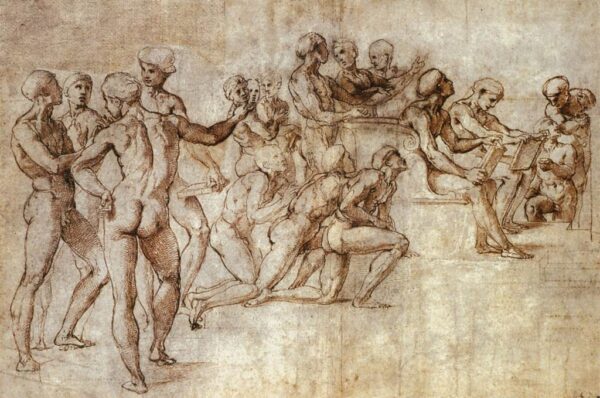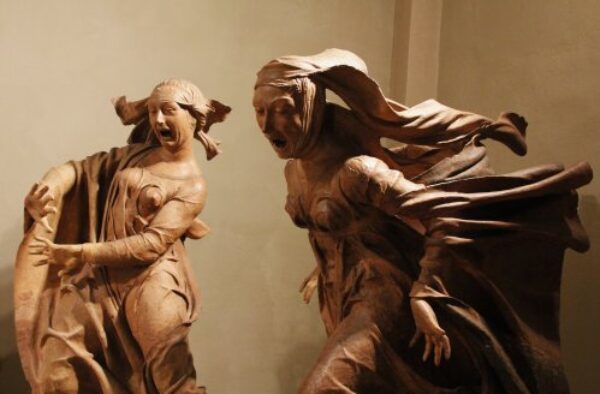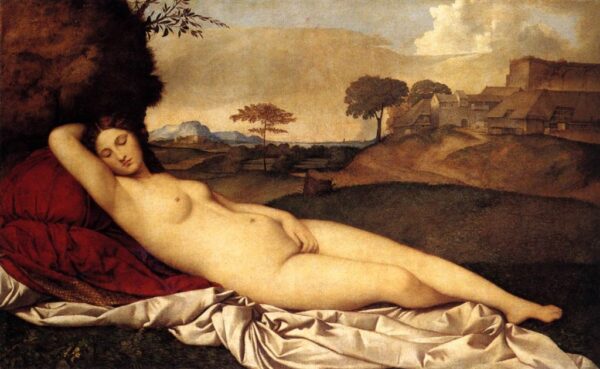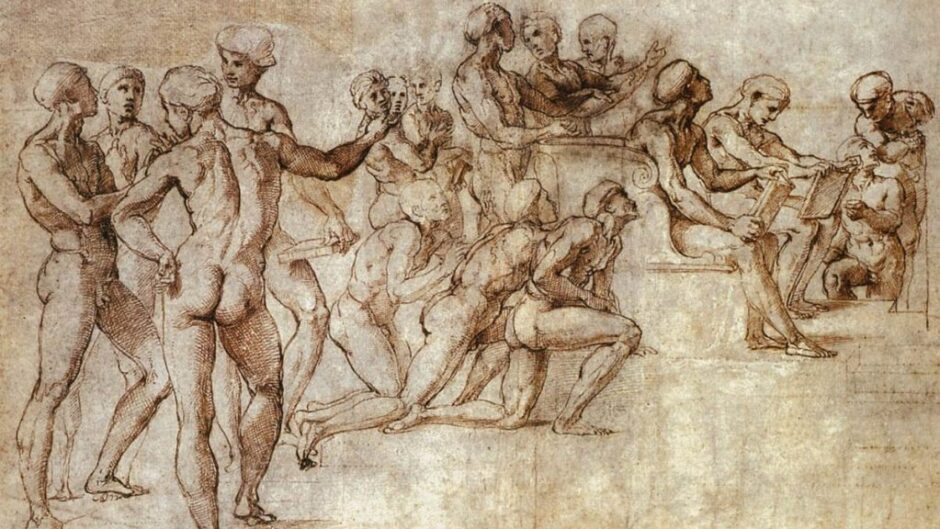This team-taught MA looks at Italian art from the fifteenth and sixteenth centuries. In order to enrich our understanding of the period, we will examine the visual arts in well-known centres, such as Rome and Venice. Our discussions on different art-historical narratives and on a broad range of themes such as authorship, originality, invention, and imitation will complicate our ideas about Italian renaissance art, allowing new and often unexpected insights into the works of both celebrated artists and of other figures who are less commonly considered in standard discussions of the period. Furthermore, by looking at the working practices and the visual languages of a range of artists, including Sandro Botticelli, Giovanni Bellini, Giorgione, Michelangelo, Raphael, Parmigianino, Giulio Romano, and Titian we will discuss issues of collaboration, competition, dissemination of visual ideas, and, more broadly, notions of change and continuity. We will approach the art of the period thematically, interrogating what has long constituted an art-historical canon in new ways, consistent with the most recent art-historical methodological and theoretical questions.
The course is structured across two semesters and an assessment period dedicated to writing your dissertation. In the first semester, there will be 20-30 students in the class and subsequently you will be taught in smaller classes of around 8-10 students. In the first semester you will learn together with all MA students in the Renaissance section. These classes will be a mixture of lectures and discussions in a group of students with two tutors, and in smaller seminars directed at developing specific visual and textual skills. The second semester will be focused on an in-depth engagement with specific strands of the course (special options). These change year on year, but generally focus on aspects of central Italian art in the fifteenth century and sixteenth century; the art of Rome and its sphere of cultural influence in the sixteenth century; and Venice in the same period. Students only take one of these options to which they are assigned mid-way through the first semester. In the assessment period you will conduct research towards the final dissertation under close supervision, which will prepare you to conduct independent research at an advanced level, whether through a PhD or in a professional environment.
In encouraging discussion on intellectual and theoretical questions, we will learn through active engagement and discussion with tutors and peers. Special attention will be devoted to first-hand engagement with works of art, whether in London collections, or in our study trips to Italy, where possible.
A reading knowledge of Italian is highly desirable for this course.
Course Leaders: Dr Irene Brooke, Dr. Barbara Furlotti and Prof. Guido Rebecchini
In the event that a course leader is on sabbatical, takes up a fellowship, or otherwise is not able to teach the course, they will be replaced by another experienced course leader either for a semester or, in some cases, the academic year.
Please note: whilst many Special Options will include site visits within the UK and further afield, these are subject to confirmation.





